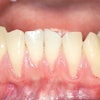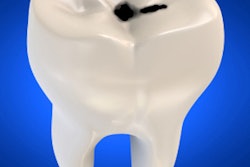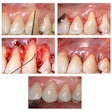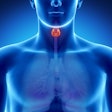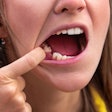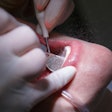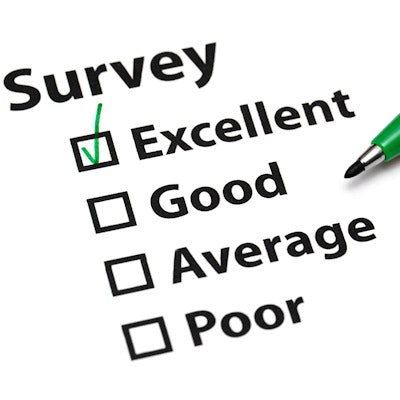
A simple, two-question survey appears to accurately identify adults with oral health problems, according to researchers from New York. The survey may be the first step to helping nondental providers refer high-risk adults to dentists for proper evaluation.
In the survey, participants rated how they felt about their oral and overall health. Those who reported that their oral health or general health was subpar were also highly likely to have oral diseases. However, the researchers cautioned more research is needed to confirm their findings.
"The results presented here indicate that this instrument has a high probability of identifying individuals with a history of oral diseases who are at greater risk for future disease and in need of an oral examination," wrote the authors, led by Noreen Myers-Wright, EdD, from the Columbia University Mailman School of Public Health (International Dental Journal, April 25, 2018). "This would allow a nondental healthcare provider to confidently suggest a dental visit and make the needed referral."
2 easy questions
With fewer adults visiting the dentist every year, health professionals are eager to find other ways to screen for oral health diseases. That's why the researchers decided to test whether a two-question assessment could accurately identify adults who are at risk for dental conditions and should be referred to a dentist.
“This research is a first step toward establishing a simple and valid survey instrument.”
"This research is a first step toward establishing a simple and valid survey instrument that can feasibly be used by nondental medical providers to identify individuals who require a referral for dental healthcare," they wrote.
To test the assessment, the researchers added two multiple-choice questions to an intake survey at a dental school clinic. The first question asked how patients would rate the health of their teeth and gums, while the second asked how patients would rate their general health.
Almost 400 adult patients completed the survey. Those who answered that their oral health and/or general health was fair or poor were highly likely to be at risk for dental conditions, including having a high number of decayed, missing, or filled teeth (DMFT) and moderate to severe periodontal disease.
| 2-question survey results by oral health condition | ||
| Fair/poor oral health only | Fair/poor oral and/or general health | |
| More than 12 DMFT | 66% | 80% |
| More than 3 missing teeth | 65% | 85% |
| Moderate to severe periodontal disease | 67% | 85% |
The results were even more pronounced for those with greater disease severity. For instance, 76% of people with more than seven DMFT reported that they had fair/poor oral or general health, but that increased to 91% of people with more than 18 DMFT.
"The validity of this two-question instrument was strengthened by the observation of improved sensitivity with increased disease severity," the authors noted.
Designing for use in medicine
Although the results appear promising, the authors cautioned that most of the survey participants were Medicaid recipients from a predominantly Hispanic community, so the results may not be applicable to other populations. They were also patients who were specifically seeking dental care.
While future studies are needed to confirm the survey's validity, this study was the first step to creating an easy assessment that could potentially be used in nondental healthcare settings, the researchers noted. For instance, if the questions could be added to the intake forms of medical providers, it may boost the number of adults referred to a dentist for further evaluation.
"This simple two-item instrument may easily be integrated into preliminary patient interviews and move prove to be a useful tool for nurse practitioners, physician assistants, and primary care physicians to highlight the importance of oral health and provide a dental referral when needed," the study authors concluded. "This study serves as proof of principle for the use of this instrument to identify individuals in need of oral healthcare services."
